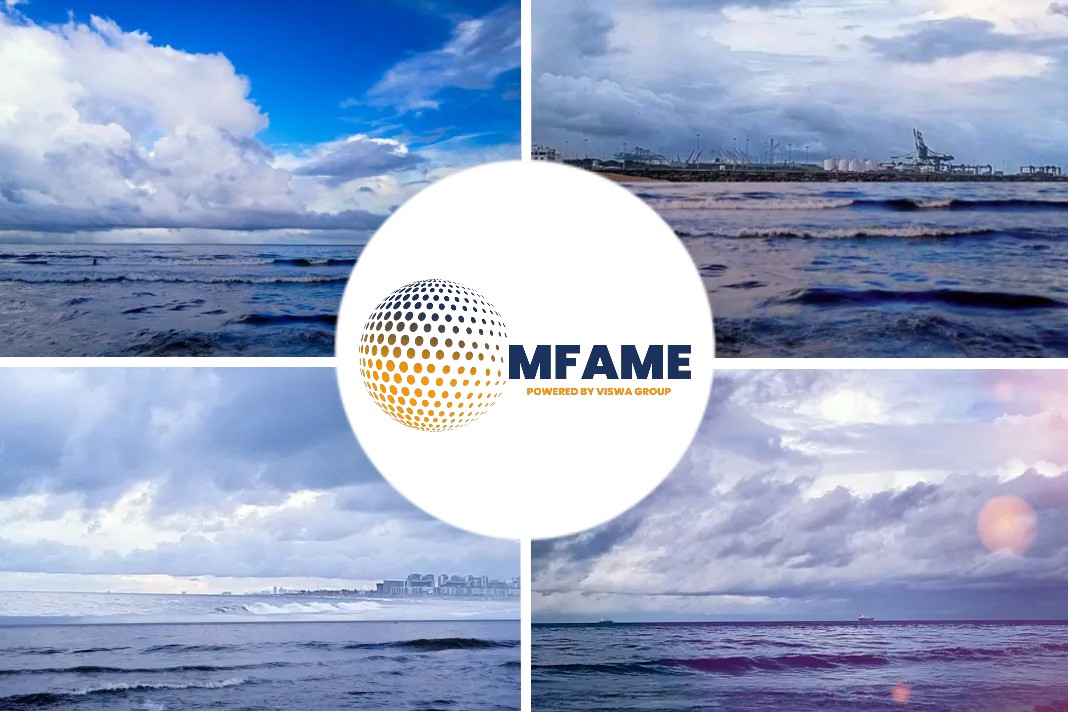Singapore, the world’s largest bunkering port, has in the first quarter of this year witnessed several cases related to contaminated bunkers, mostly HSFO, keeping prices of the grade propped up amid elevated crude oil prices and an accelerated uptake of scrubbers, industry sources said, says a Market Insight published by Platts.
The FOB Singapore 380 CST HSFO cash differential to MOPS strip surged to $21.65/mt April 5, the highest since Nov. 8, 2019, when it stood at $23.36/mt, S&P Global Commodity Insights data showed. The ex-wharf Singapore 380 CST bunker fuel premium to 380 CST HSFO cargo soared to a near 24-month high of $22.90/mt on April 5 and was last assessed higher at $23.64/mt April 22, 2020.
Fuel quality issues
Fuel quality issues have also slightly lessened stockpiles of the finished grade product, trimming prompt availability of HSFO bunkers in recent weeks, Singapore-based traders said. This comes amid an uptick in prompt requirements since late-March.
“There was a fair bit of prompt [HSFO] inquiries lately. Delayed arrivals of receiving vessels had complicated barge scheduling during most of March, but vessels’ estimated time of arrivals have been back on track since the last week of March,” a Singapore-based bunker supplier said April 5.
“The recent HSFO quality issues have caused some [supply] disruptions because fewer suppliers are willing to quote,” a source from Singapore-based shipping company said.
Russia-Ukraine crisis impact
Traders said suppliers holding contaminated oil may find it challenging to blend it down easily given the overall dearth of cutter stock in the market since the beginning of Russia’s conflict with Ukraine.
“Economic sanctions on Russia have further narrowed suppliers’ options, as they now seek alternative sources of feedstock and have a responsibility to ensure that the HSFO cargoes are merchantable,” a bunker surveyor told S&P Global recently.
The Russia-Ukraine conflict has limited the variety of components for the HSFO blending pool, as traders and suppliers practice self-sanctioning measures while being apprehensive about payment issues, market sources said.
Amid leaner HSFO inventories in Singapore, spot inquiries have recently flowed to other supplying ports around North Asia, such as South Korea and Hong Kong, according to traders.
“HSFO suppliers are expected to be plagued by the tighter availability of blending components from Russia for some time… These are components still necessary to blend with the straight-run HSFO grade imported from the Middle East,” a second Singapore-based trader said.
Global scrubbers uptake
The widening of the Hi-5 spread — the spread between Marine Fuel 0.5% S and 380 CST HSFO prices — in major ports worldwide following Russia’s invasion of Ukraine, is seen to be favorable for the adoption of marine scrubbers.
Globally, crude tankers and container ships have the highest scrubber installation rate at 29% and 17% respectively, with bulk carriers at 12% and only 5% for product tankers, Niels Rasmussen, Chief Shipping Analyst at BIMCO, said in a statement on March 30.
After bottoming out in late October 2020 at $40/mt, the cost premium for VLSFO has since increased, settling at around $150-160/mt in late 2021, Rasmussen said.
“Since Russia’s invasion of Ukraine, the spread has again increased and now appears to have settled around $200/mt. In percentage terms the VLSFO premium is still around 30%, however, in absolute terms it translates into a saving for ships with a scrubber installed of $2,000/day for every 10 mt of bunker fuel consumed,” said Rasmussen.
“If this premium continues, charterers’ willingness to pay a premium for ships with a scrubber installed will surely increase accordingly,” he added.
Market participants polled by S&P Global are optimistic that scrubber investments are set for growth, though the adoption of clean alternative fuels to meet international shipping’s decarbonization goals will likely slow its uptake in the longer term.
According to a recent analytics report by S&P Global, scrubber technology remains a key component to meet the 2030 milestone. The current scrubber fleet is around 4,500 but by Jan. 1, 2030, this could pass the 6,000 mark, it said.
“If we don’t see penetration of clean alternative fuels, we believe scrubber usage near 7,000 would cover the shortfall even though scrubbers only eliminate SOx [sulfur oxides] and not CO2 emissions. This will increase the HSFO bunker demand into 2030,” it added.
Did you subscribe to our daily newsletter?
It’s Free! Click here to Subscribe!
Source: Platts




















